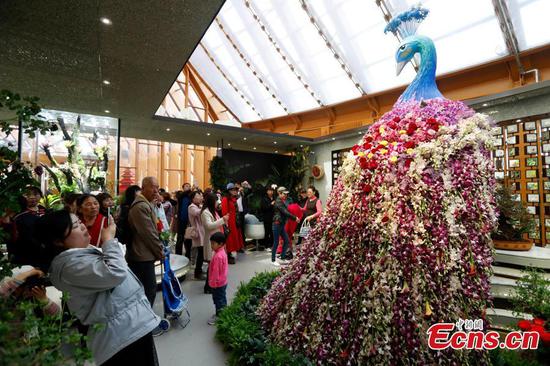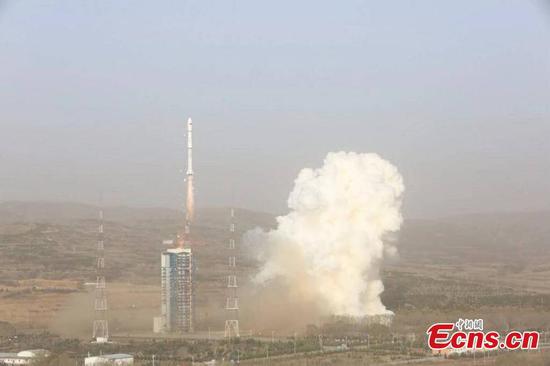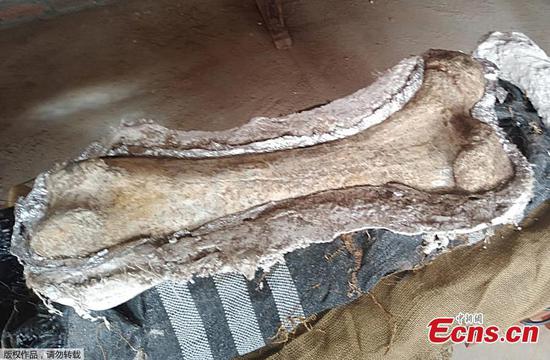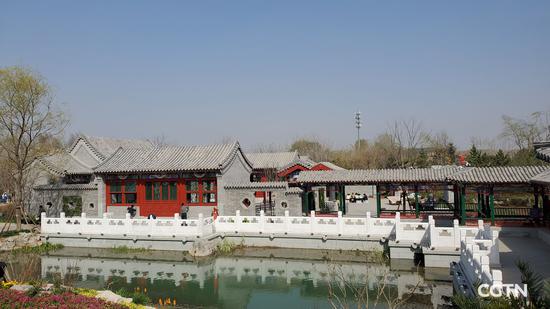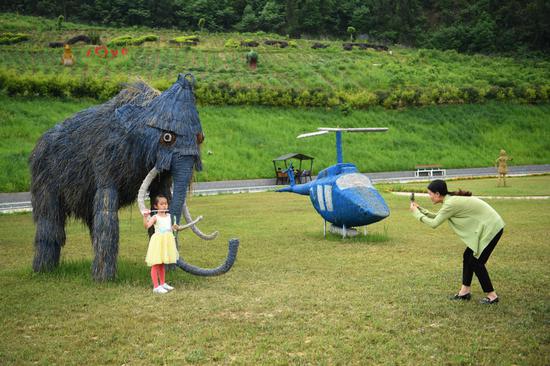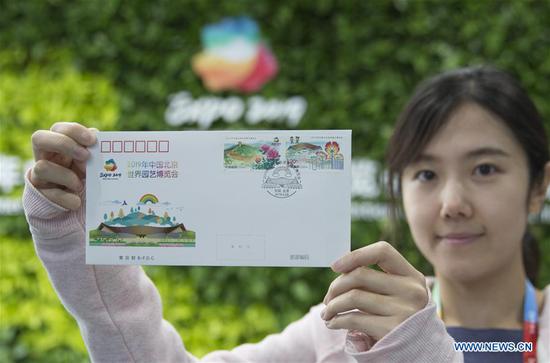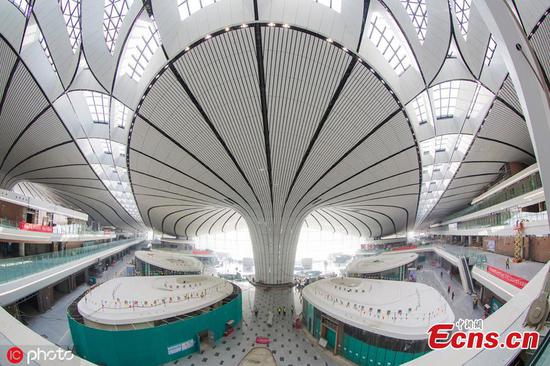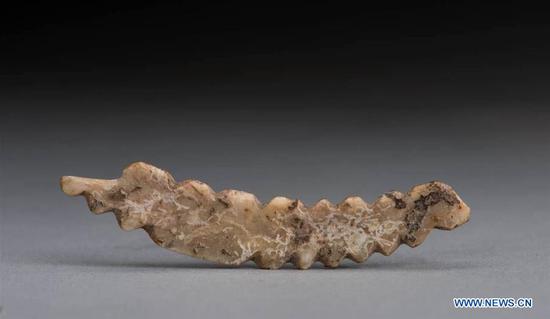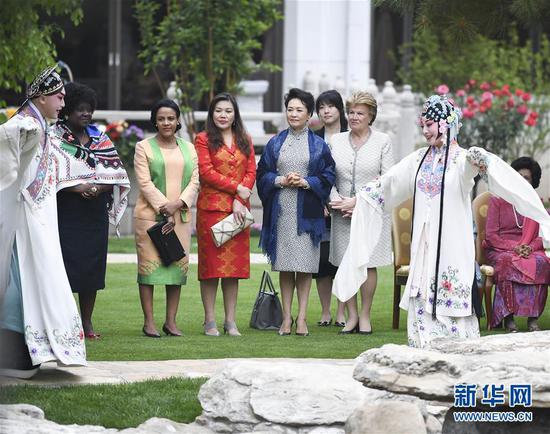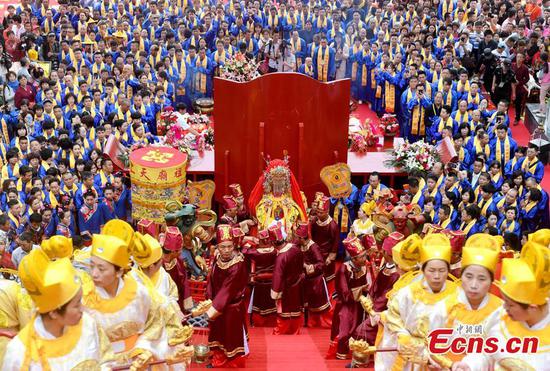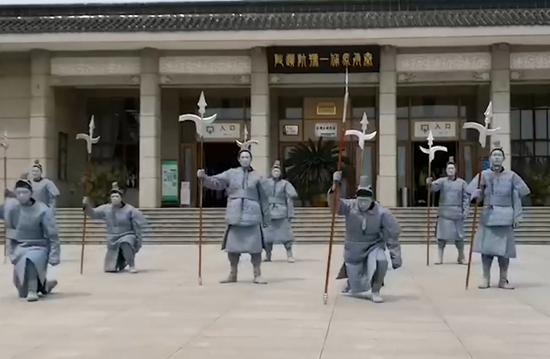When it comes to putting nuclear technologies into practice, some citizens will associate them with terrible nuclear disasters, but the truth is daily life has been upgraded thanks to the application of nuclear devices like micro-accelerator and nuclear reactors, experts noted.
"The radiation used to process foods is totally different from the radioactive fallout that comes with nuclear accident, and people often misunderstand that irradiated food is radioactive," Yan Jianbing, professor from College of Life Science and Technology of Huazhong Agricultural University, told the Global Times on Monday.
Food irradiation is a top-notch technology that utilizes an accelerator to improve the safety and extend the shelf life of foods by reducing or eliminating microorganisms and insects.
"Like pasteurizing milk and canning fruits and vegetables, irradiation can make food safer for the consumer," Yan said.
More than 200 kinds of irradiated food have been approved by 42 countries, including China, and the total annual market sales have reached 300,000 tons, according to Economic Daily.
"The benefits of this food processing technique are obvious, including less food spoilage, less need for pesticides, a lower risk of importing or exporting insect pests hidden inside food products, and less need for some additives, such as preservatives," Yan added.
China began to irradiate food including garlic, potatoes, onions, and meat in 1984. Currently, 28 provinces, municipalities and autonomous regions in China have conducted researches on more than 200 kinds of food in the field of food irradiation preservation, insecticidal sterilization and quality improvement.
Meanwhile, China has approved 18 kinds of irradiated foods, totaling 100,000 tons annually, ranking first in the world, according to Science and Technology Daily reports.
Also, Chinese scientific institutes have utilized devices like reactors in the field of radio pharmaceutical production and nuclear medicine equipment development.
For example, the cause of death of last emperor Guangxu in Qing Dynasty (1644-1911) has confused Chinese historians for many years, but it has been investigated clearly with the help of a reactor.
Experts from China Institute of Atomic Energy have taken some hair from the emperor's body, made a reactor activation analysis on the arsenic amount left on the hair, and found that he died of arsenic poisoning.
"The confirmation of the emperor Guangxu's cause of death is considered to be a successful attempt to solve a complicated historic mystery by using modern science and technology," Zhang Tianjue, director from China Institute of Atomic Energy, told the Global Times on Monday.
He added that widespread expansion of reactor-related technology will require increased technical training, higher investment and, more patients' willingness to make the switch. But he remains optimistic.
"Many people misunderstand the daily usage of nuclear-oriented technologies in China, which shows that there is great potential in the market," he said.











